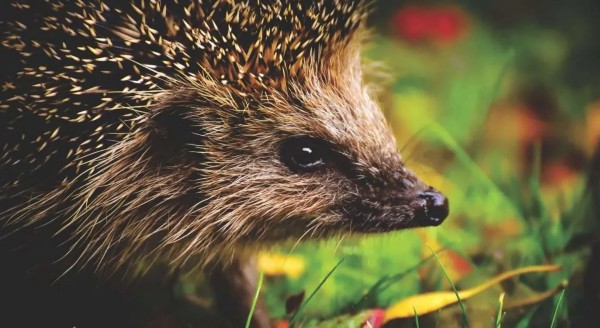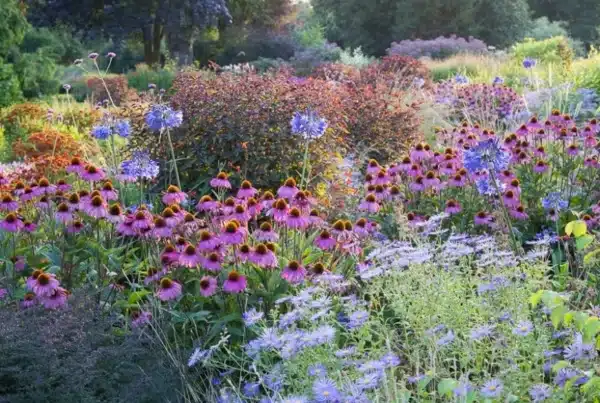1. Identify Bees
Plant up your garden with nectar-rich plants such as verbena to attract a wide range of pollinators, including bees. By using containers, you can choose exactly where these creatures land.
Why not place a pot of lavender, a great catch all plant, outside your back door, and dedicate half an hour each day to watching and identifying the different species that visit your blooms? You can download a bee identification chart from bumblebeeconservation.org
2. Photograph Wildlife
Camera kits are widely available – mini cameras can be sited in next boxes so you can watch family life unfold, while movement triggered cameras can record the activities of mammals, such as voles, shrews and hedgehogs, while you sleep.
Be careful if you want to film near a nest site, as any disturbance may cause birds to abandon their nest
3. Feed the Birds
A feeding station creates a focal point with lots of action. Site it where you can see it easily, but also near some shrubs or trees, so birds can quickly fly to safety. Provide a range of food – such as sunflower hearts and seeds, peanuts, suet products and mealworms – in dishes and hanging feeders.
Also include a dish of water for drinking and bathing.
4. Trap Moths
As moths are mostly nocturnal, they often go unnoticed, but you can observe them by making or buying a moth trap.
The simplest option is to drape a white sheet over something like a deck chair and place a bright lamp under it. The moths, drawn to the light, land on the sheet, where you can photograph them.
To identify them, go to www.mothscount.org
5. Attract Badgers, Foxes and Hedgehogs
Leave out tinned cat or dog food, meat-flavoured cat or dog biscuits and chopped unsalted peanuts, as well as a dish of water, to attract these mammals.
Bear in mind however, that badgers and foxes sometimes prey on hedgehogs, so consider making a box in which they can safely feed – see www.hedgehogstreet.org
6. Look out for Bats
Bats use echolocation to create an audio picture of what’s around them. Their high-frequency noises are inaudible to most adults but can be picked up using a bat detector.
To improve your chances of seeing bats in your garden on warm summer evenings, grown insect attracting plants, make a pond and put up bat boxes. Go to www.bats.org.uk for more tips.
7. Hide from Birds
A bird hide is easy to make using a few large pieces of cardboard taped together. Paint it green so it blends in with its surroundings and cut out a viewing hole. To hold it firmly in place, attach it to stakes or prop it against a fence and anchor it with large stones. Position it to provide a good view or your bird-feeding station, add a seat and see what you can spot.
8. Feed Caterpillars
Any species of butterfly lay their eggs on nettles. They tend to like large nettle patches in full sun, but you could plant up a pot of nettles and see what it attracts. Place it in a sunny spot and keep well-watered.
Look out for silken webbing on shoot tips and small black caterpillars. For more on butterflies and their caterpillars, visit www.butterfly-conservation.org
9. Dip your Pond
Discover some fascinating creatures living in your pond!
All you need is a white tray or large jar and a net. First scoop some water into the tray. Then dip the net into your pond and gently disturb the plants to dislodge any creatures hiding among them. Sweep them into the net and tip them into the tray.
To identify your catch, go to www.wildlife-man.co.uk.
9. Play Nature Detective
Many creatures like to shelter under large stones and logs, so pile some in a quiet corner and leave for a few weeks or more.
Then on a dry day, carefully lift some of the logs or stones to see if anything exciting is hiding underneath – from centipedes to frogs.
But only do this in summer, as in winter you may disturb hibernating creatures




